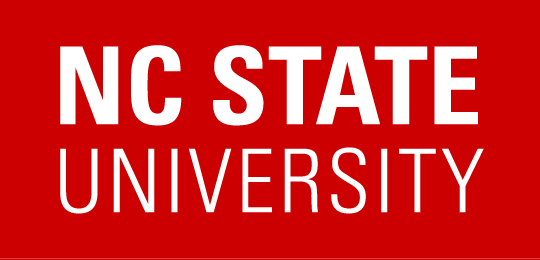
History of the Department
NC State Nuclear Engineering continues its traditional role in educational leadership and innovation. Over the years, our program has sought to meet the needs of the time and to anticipate future developments.
In 1950, Clifford Beck, then of Oak Ridge, Tennessee, obtained support from NC State’s Dean of Engineering, Harold Lampe, for the idea of building the nation’s 1st university nuclear reactor and establishing the 1st university nuclear engineering educational curriculum. New faculty joining Dr. Beck included A. C. Menius, Jr., Raymond Murray, Arthur Waltner, and Newton Underwood. The team successfully met and overcame the challenges of the period after World War II — resistance to an entirely new discipline, the non-existence of textbooks, and security limitations on information about reactors. Approval was secured to offer a doctoral (PhD) degree, in addition to a master’s (MS) and a bachelor (BS) degree.
The early student body consisted of a number of highly qualified U.S. Air Force officers, who set standards of excellence for students to come later. These and future graduates of nuclear engineering are now leaders in government, industry, and education. A high percentage of our graduates entered university teaching. Faculty members presented special training to foreign scientists and engineers in the Atoms for Peace program, an experiment in sharing nuclear technology on an international basis. North Carolina State University’s pioneering experiment in nuclear education became the center of attention of the United States and the world. In the early days of nuclear reactor research and development, the curricula were highly science oriented. More recently, greater emphasis been placed on engineering applications. Research by the faculty and graduate students in basic subjects such as nuclear physics and reactor theory has been supplemented by studies of many engineering topics and radiation applications.
Paralleling the transition in the nuclear field from basic experiments to commercial power, the nuclear program at N. C. State has built and operated a sequence of reactors: a water boiler, an MTR plate type reactor, and the present 1-megawatt PULSTAR, with uranium oxide fuel and pulsing capability. Each reactor has been used for student training, research, and services to other organizations in North Carolina and the United States. Services and training have included neutron activation analysis, reactor operator training, neutron radiography, radioisotope production and special courses.
The undergraduate curriculum achieved and has maintained engineering accreditation. The curriculum has consistently provided well-rounded undergraduate training. The ranks of the faculty expanded after 1963 to include Albert Carnesale, Kuruvilla Verghese, Thomas Elleman, Raymond Saxe, James Bohannon, Ephraim Stam, Robin Gardner, Lloyd Zumwalt, and Jerome Kohl. Authorization was gained from the North Carolina General Assembly to construct the Burlington Engineering Laboratories, which now house the department and the reactor.
For the first decades of the program, much of the financial support was from the federal government through grants, fellowships, and research contracts. More recently, the maturing nuclear industry has taken part of the responsibility for encouraging high school graduates to elect nuclear engineering and for supporting the education of these future employees.
Many of the earlier faculty have moved into industrial posts or have retired, but the program continues to grow, both in the number of faculty members and in the scope of its offerings. Important recent additions include the Center for Engineering Applications of Radioisotopes, the Electric Power Research Center, the Thermal Hydraulics Laboratory, the Nuclear Materials Research Laboratory, and the Fusion and Plasma Research and Teaching Program. Each of these activities is in the exciting forefront of the nuclear field.
